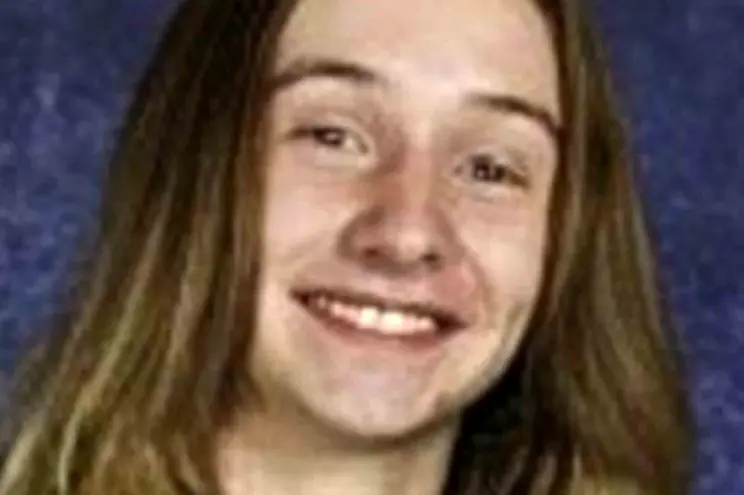The remains of a teenager who vanished seven years earlier have been found lodged inside the chimney of an abandoned mountain cabin less than a mile from his family home in Woodland Park, Colorado, ending a search that had stretched across seasons and states but leaving crucial questions unresolved. Authorities identified the body as that of Joshua Vernon Maddux, who was 18 when he disappeared on 8 May 2008 after telling relatives he was going for a walk. A demolition crew discovered the remains in August 2015 as the structure was being torn down; investigators turned to dental records to confirm the identification and also noted a distinctive deformity to a finger bone that matched medical history. The Teller County coroner said an autopsy found no fractures, stab or gunshot wounds and no indication of trauma. Toxicology screens detected no drugs. The coroner ruled the death accidental, while listing the precise cause as undetermined, and said detectives may never be able to explain why the young man attempted to enter the building via its chimney or how long he remained there before dying.
The discovery was made as workers peeled back sections of the ageing cabin during a redevelopment project in a wooded area of the city. The site had stood vacant for years, according to its owner, who had purchased the property decades earlier and told reporters he would occasionally check on the cabin but had not suspected human remains lay hidden behind the hearth. “The chimney was located behind a large piece of furniture, so there was no reason to look in the fireplace,” he said, describing a layout that kept the flue out of casual view. In interviews after the identification, officials said the position of the body was consistent with someone who had become trapped while attempting to shimmy down the shaft, and that the bottom of the fireplace contained a wood-burning insert that would have blocked a descent from inside the cabin and left anyone stuck above it with no exit route. The cabin had been abandoned for more than a decade and was in the path of a planned housing development; the death investigation was completed before demolition resumed.
For relatives who had kept his missing-person poster close at hand and had fielded false leads for years, the news brought relief and ache in equal measure. “I got up one morning and he was there, then he just never came home,” his father, Mike (also spelled Michel in some records), recalled in an earlier account of the day his son vanished. The family searched, called friends, visited trailheads and waited by the phone as tips came and went. After authorities confirmed the identity, one of Maddux’s sisters said she was grateful he could finally be given a proper burial. Another sister, asked what the finding meant after seven years of not knowing, said simply that the family could stop looking. The coroner, who briefed reporters after the autopsy results were compiled, acknowledged the limits of the case: “There are going to be some questions out there that are unanswerable,” he said, adding that while the manner of death was recorded as accidental, the specific physiological cause could not be pinned down from the remains. He said dehydration or hypothermia were plausible in a scenario where a person is immobilised without access to water, food or shelter, but stressed that with no soft tissue and no trauma markers, certainty was not possible.
Maddux’s disappearance in 2008 did not fit a pattern that would have led detectives to classify him as a runaway, and the initial search effort focused on the trails and draws that lace the slopes around Woodland Park, a small city at 8,500 feet with long winters and a close view of Pikes Peak. Described by relatives as a bright, kind and creative teenager who loved music and the outdoors, he was last seen at the family home on a chilly but clear Thursday morning in May and was reported missing within days. In the weeks that followed, officers canvassed his school contacts, checked hospitals and transport hubs and worked through reports of possible sightings. The absence of evidence of struggle or of a digital trail meant the file for years carried more questions than leads. Family members remained public throughout, occasionally updating local media and posting tributes that spoke of a son and brother who wrote songs, hiked the hills and made friends easily. The father later recalled living for years in a suspended state of grief, saying the wait amounted to “grieving on hold”.
